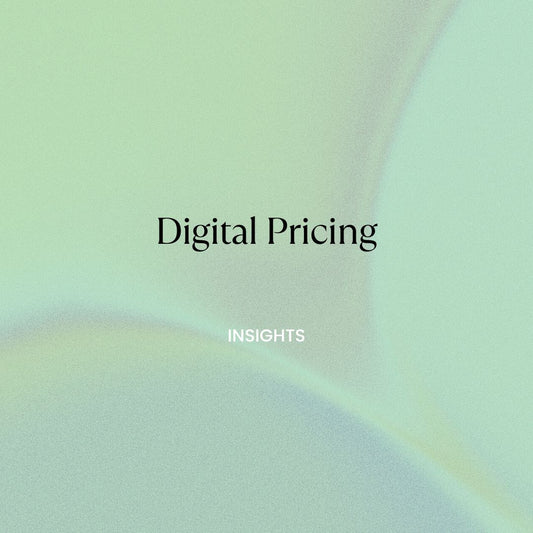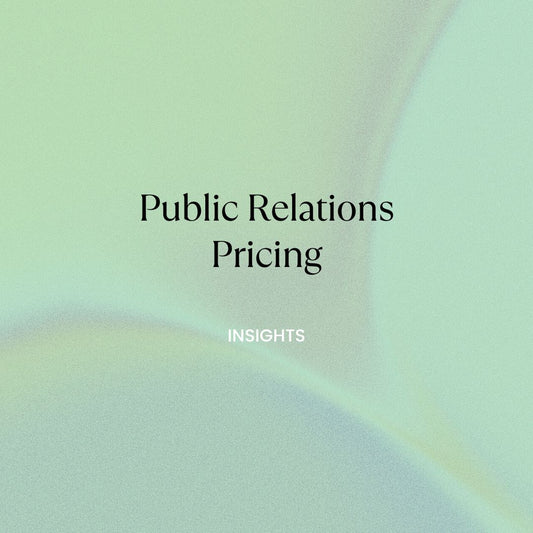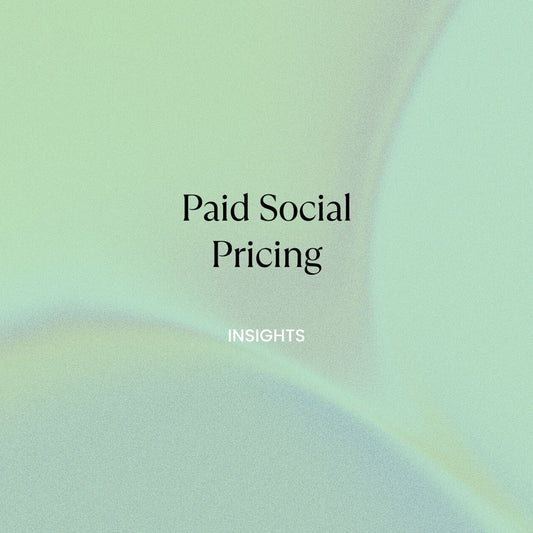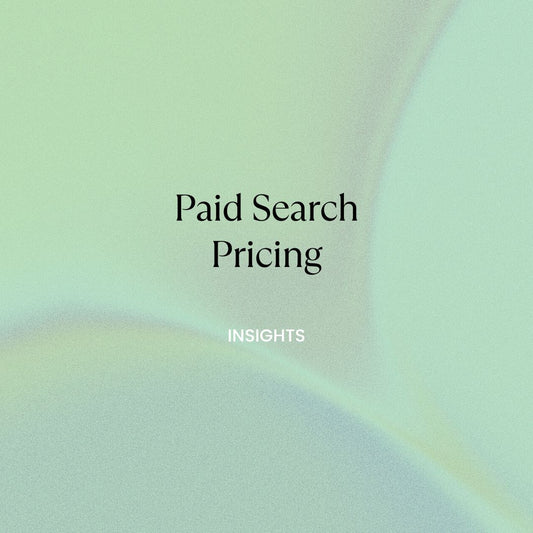Importance of a Well-Designed Business Card in the Digital Age. Despite the increasing reliance on digital communication, a well-designed business card remains a powerful tool for making lasting impressions and fostering professional connections. A thoughtfully crafted card not only conveys essential contact information, but also reflects your brand identity and sets you apart from the competition.
Role of Business Card Templates in Creating a Professional and Memorable Card
Business card templates streamline the design process, enabling you to create a professional and memorable card with ease. By leveraging these templates, you can ensure consistency in design elements, customize the layout to align with your brand identity, and craft a business card that leaves a lasting impression on potential clients and partners.
Understanding Business Card Sizes and Specifications
When designing a business card, it's crucial to consider its size and specifications to ensure it meets industry standards and looks professional. Here, we'll discuss common business card sizes, the importance of orientation, and the significance of considering bleed and safe zones in your design.
Common Business Card Sizes (US and EU)
Business cards come in various sizes, but the most common sizes are 3.5 x 2 inches (88.9 x 50.8 mm) for the US and 85 x 55 mm for the EU. These sizes are widely accepted and compatible with most printing services. When choosing a business card size, it's essential to consider your target audience's location and the card's compatibility with standard cardholders and wallets.
Orientation: Horizontal vs. Vertical
Business cards can be designed in either horizontal or vertical orientation. Horizontal cards are the traditional choice and offer a familiar layout for recipients. However, vertical cards have gained popularity in recent years, providing a fresh and modern look. When selecting an orientation, consider your brand identity, the amount of information you need to include, and the overall aesthetic you wish to achieve.
Importance of Considering Bleed and Safe Zones in Business Card Design
Bleed and safe zones are critical aspects of business card design that ensure your card looks professional and polished after printing. The bleed area extends beyond the card's trim line, allowing for minor inconsistencies in the cutting process without compromising the design. The safe zone is the area within the trim line where all essential information should be placed to avoid being cut off during printing. When designing your business card, ensure you account for these zones to achieve a polished and professional result.
Incorporating Your Brand Identity
To create a memorable and impactful business card, it's essential to incorporate your brand identity into the design. This helps establish a consistent and recognizable image across all your marketing materials and makes it easier for clients and partners to remember your business. Here are three key aspects to consider when incorporating your brand identity into your business card design:
Consistent Use of Brand Colors
Color is a powerful tool for evoking emotions and creating a visual identity. When designing your business card, use your brand's color scheme consistently to reinforce your brand identity. This not only helps create a cohesive look across all your marketing materials but also ensures your business card is immediately recognizable as part of your brand.
Including Your Business Logo
Your business logo is a visual representation of your company and its values. Including your logo on your business card not only adds a touch of professionalism but also helps establish brand recognition. Ensure your logo is clearly visible and appropriately sized to create a balanced design that highlights your brand identity.
Choosing Fonts That Represent Your Brand Personality
Typography plays a significant role in conveying your brand's personality and tone. Select fonts that align with your brand identity and are easy to read. Consider using a combination of font styles to create visual interest and guide the reader's eye through the card's information. By choosing fonts that reflect your brand personality, you can create a business card design that effectively communicates your brand message and resonates with your target audience.
Simplifying Contact Information
A well-designed business card should provide essential contact information in a clean and uncluttered layout. This not only ensures readability but also makes it easier for recipients to find the information they need at a glance. Here, we'll discuss the key contact details to include, using hierarchy to prioritize information, and tips for maintaining a clean layout.
Essential Contact Details to Include
When designing your business card, focus on including only the most important contact information. This typically includes your name, job title, company name, phone number, email address, and website. Including social media profiles can be beneficial, especially if your online presence is an essential part of your brand. Remember to prioritize essential information and avoid overcrowding your card with unnecessary details.
Using Hierarchy to Prioritize Information
To ensure your business card is easy to read and understand, use a visual hierarchy to organize the information. This involves giving prominence to the most crucial details, such as your name and job title, by using larger font sizes or boldface. Secondary information, such as your contact details, can be presented in a smaller, lighter font. By using hierarchy effectively, you can guide the reader's eye through the card and make it easier for them to find the information they need.
Tips for Clean and Uncluttered Layout
Maintaining a clean and uncluttered layout is essential for creating a professional-looking business card. Here are some tips to help you achieve this:
- Limit the number of font styles and sizes to maintain consistency and readability.
- Use adequate white space to separate different elements of the card and prevent overcrowding.
- Consider using subtle design elements, such as lines or color blocks, to divide sections and improve the organization of your card.
- Keep the design simple and focused on conveying your brand identity and contact information effectively.
By following these tips and incorporating your brand identity, you can create a business card that effectively communicates your brand message and leaves a lasting impression on potential clients and partners.
Exploring Unique Shapes and Layouts
In today's competitive market, standing out from the crowd is more important than ever. One way to achieve this is by exploring unique shapes and layouts in your business card design. This not only adds visual interest but also helps you emphasize important information and leave a lasting impression on your recipients. In this section, we'll discuss going beyond the traditional rectangular format, experimenting with unconventional shapes and orientations, and using layout techniques to create visual interest and emphasize important information.
Going Beyond the Traditional Rectangular Format
While the rectangular format is the most common choice for business cards, it's not the only option. By opting for a non-traditional shape, you can create a memorable card that instantly sets you apart from competitors. For example, consider using a square, circular, or even die-cut shape that reflects your brand identity and adds a touch of creativity to your design. Keep in mind that non-traditional shapes may require custom printing services and could be more expensive to produce, so be sure to weigh the benefits against the costs.
Experimenting with Unconventional Shapes and Orientations
Another way to create a unique business card is by experimenting with unconventional shapes and orientations. This could involve using foldable cards, multi-layered designs, or even 3D elements to add depth and dimension to your card. When exploring these options, it's essential to maintain a balance between creativity and professionalism, ensuring your design remains functional and conveys essential information effectively.
Using Layout to Create Visual Interest and Emphasize Important Information
Lastly, the layout of your business card plays a crucial role in creating visual interest and directing the reader's eye to important information. Consider using design elements such as lines, color blocks, or patterns to divide sections and improve the organization of your card. Additionally, experiment with different text alignments, font sizes, and spacing to create a visually appealing design that effectively communicates your brand message and contact details.
By incorporating unique shapes and layouts into your business card design, you can create a visually striking and memorable card that effectively conveys your brand identity and leaves a lasting impression on potential clients and partners.
Choosing the Right Material and Finishes
To create a professional and lasting impression with your business card, selecting the right material and finishes is crucial. In this section, we'll discuss the importance of high-quality cardstock, various printing techniques for a polished look, and how to utilize special finishes to make your business card stand out.
Importance of Selecting High-Quality Cardstock
High-quality cardstock not only enhances the overall look and feel of your business card but also conveys a sense of professionalism and attention to detail. When choosing cardstock, consider factors such as thickness, texture, and finish. Thicker cardstock often provides a more substantial feel, while textured cardstock can add a tactile element to your design. Additionally, consider the finish of your cardstock, as it can affect the appearance of colors and printed elements on your card.
Different Printing Techniques for a Polished Look
Various printing techniques can be employed to achieve a polished and professional appearance for your business card. Some popular techniques include:
- Offset printing: This technique provides high-quality prints with sharp, clean images and is ideal for large print runs.
- Digital printing: A cost-effective option for smaller print runs, digital printing offers quick turnaround times and the ability to print variable data.
- Letterpress printing: A traditional printing method that creates an elegant, embossed look by pressing inked letters or images into the cardstock.
- Foil stamping: This technique adds a metallic finish to your design, creating a luxurious and eye-catching effect.
Consider your budget, desired aesthetic, and the quantity of cards needed when selecting a printing technique.
Utilizing Special Finishes to Make Your Business Card Stand Out
Special finishes can elevate your business card design by adding visual interest and a touch of sophistication. Some popular finishes to consider include:
- Spot UV coating: Applying a glossy UV coating to specific areas of your card, such as your logo or text, creates a striking contrast and draws attention to these elements.
- Embossing or debossing: These techniques create a raised or recessed effect on your card, adding depth and texture to your design.
- Edge painting: Adding a pop of color to the edges of your card can create a unique and memorable effect that sets your card apart from others.
By incorporating the right material, printing techniques, and special finishes into your business card design, you can create a professional and impactful card that leaves a lasting impression on potential clients and partners.
Leveraging the Power of Business Card Templates
Utilizing business card templates can significantly simplify the design process while ensuring a consistent and professional look. In this section, we will discuss the advantages of using a business card template, tips for selecting the perfect template for your business, customizing templates to reflect your brand identity, and resources for finding high-quality templates, including Soda Spoon Marketing Agency.
Advantages of Using a Business Card Template
Business card templates offer several benefits, such as:
- Saving time and effort by providing a pre-designed layout
- Ensuring consistency in design elements, such as font styles and sizes, colors, and spacing
- Offering a wide range of styles and formats to suit your brand identity and preferences
- Allowing easy customization to incorporate your brand's unique elements, such as logo and color scheme
Tips for Selecting the Perfect Template for Your Business
To choose the ideal business card template for your needs, consider the following tips:
- Ensure the template aligns with your brand identity and target audience
- Look for templates with a clean and uncluttered layout that effectively conveys essential information
- Consider the compatibility of the template with your preferred printing technique and finishes
- Keep in mind the ease of customization and the availability of design support, if needed
Customizing Templates to Reflect Your Brand Identity
To make a business card template truly your own, customize it to reflect your brand identity by:
- Incorporating your logo and brand colors
- Adjusting font styles and sizes to match your brand's personality
- Modifying the layout, if necessary, to accommodate unique design elements or additional information
- Adding special finishes or printing techniques for a polished and professional look
Business Card Template Resources, Including Soda Spoon Marketing Agency
There are numerous resources available for finding high-quality business card templates, ranging from online design tools to professional marketing agencies. Soda Spoon Marketing Agency, a top-ranking SEMrush certified agency partner in Utah, offers a range of marketing services, including business card design. By leveraging their expertise and resources, you can create a professional and memorable business card that effectively communicates your brand's message and leaves a lasting impression on potential clients and partners.
Ensuring a Professional Print Result
To achieve a professional and high-quality print result for your business card, it's essential to pay close attention to the final stages of the design process. This includes proofreading your design, preparing print-ready files, and working with a trusted printing partner to ensure the best possible outcome.
Proofreading Your Business Card Design
Before sending your business card design to print, take the time to carefully proofread the content. This includes checking for any spelling or grammatical errors, verifying that all contact information is accurate and up-to-date, and ensuring that the design elements are aligned and properly formatted. By taking the time to review your design thoroughly, you can avoid costly mistakes and ensure a professional appearance.
Preparing Print-Ready Files
Once you are satisfied with your business card design, it's important to prepare print-ready files to ensure a seamless printing process. This may involve converting your design to the appropriate file format, such as PDF or EPS, and ensuring that all fonts are outlined to avoid compatibility issues. Additionally, double-check that your design adheres to the required bleed and safe zone specifications to avoid any issues during the cutting process.
Working with a Trusted Printing Partner
Finally, selecting a trusted printing partner is crucial for achieving a professional print result. A reputable printer will be able to provide guidance on the best materials, printing techniques, and finishes for your business card design, and ensure that the final product meets your expectations in terms of quality and appearance. By partnering with a reliable and experienced printing company, you can feel confident that your business card will make a strong and lasting impression on potential clients and partners.
In conclusion, by following these steps and incorporating your brand identity, you can create a business card that effectively communicates your brand message and leaves a lasting impression on potential clients and partners.
Unlock Your Card's Potential
Throughout this guide, we've explored the key aspects of mastering business card design, from selecting the perfect template to ensuring a professional print result. A well-designed business card not only reflects your brand identity but also leaves a lasting impression on potential clients and partners. To further elevate your brand's presence, explore the range of marketing services offered by Soda Spoon Marketing Agency, a top-ranking SEMrush certified agency partner in Utah. With their expertise and resources, you can create a memorable and effective business card that sets you apart from the competition.












